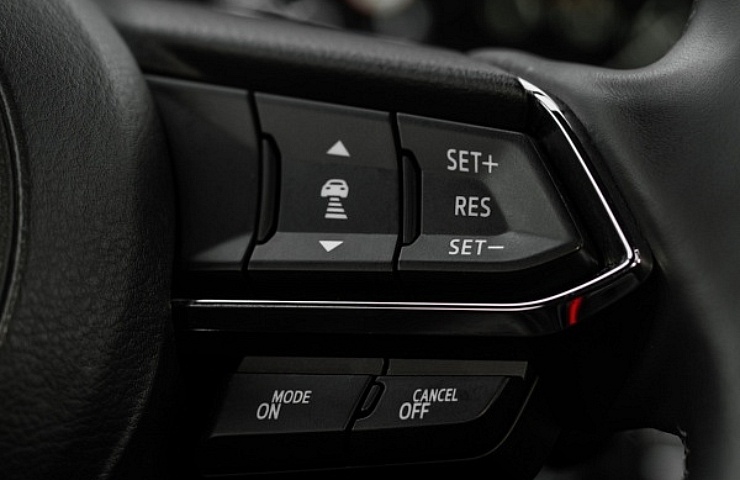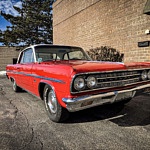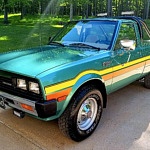Contents
What Is Cruise Control?
Cruise control is a system that allows the driver to set and maintain a preferred driving speed, relinquishing some control to the vehicle. Without cruise control, the driver maintains road speed with a foot on the accelerator pedal. When you set cruise control, you can let your foot rest while the car proceeds at a desired speed. Stepping on the brakes turns off the cruise control.
Modern cruise control uses speed sensors on the transmission output shaft (or at the wheels) to relay information about the road speed to the vehicle’s onboard computer (ECU). The ECU then controls the throttle to adjust the engine speed to maintain the desired road speed.
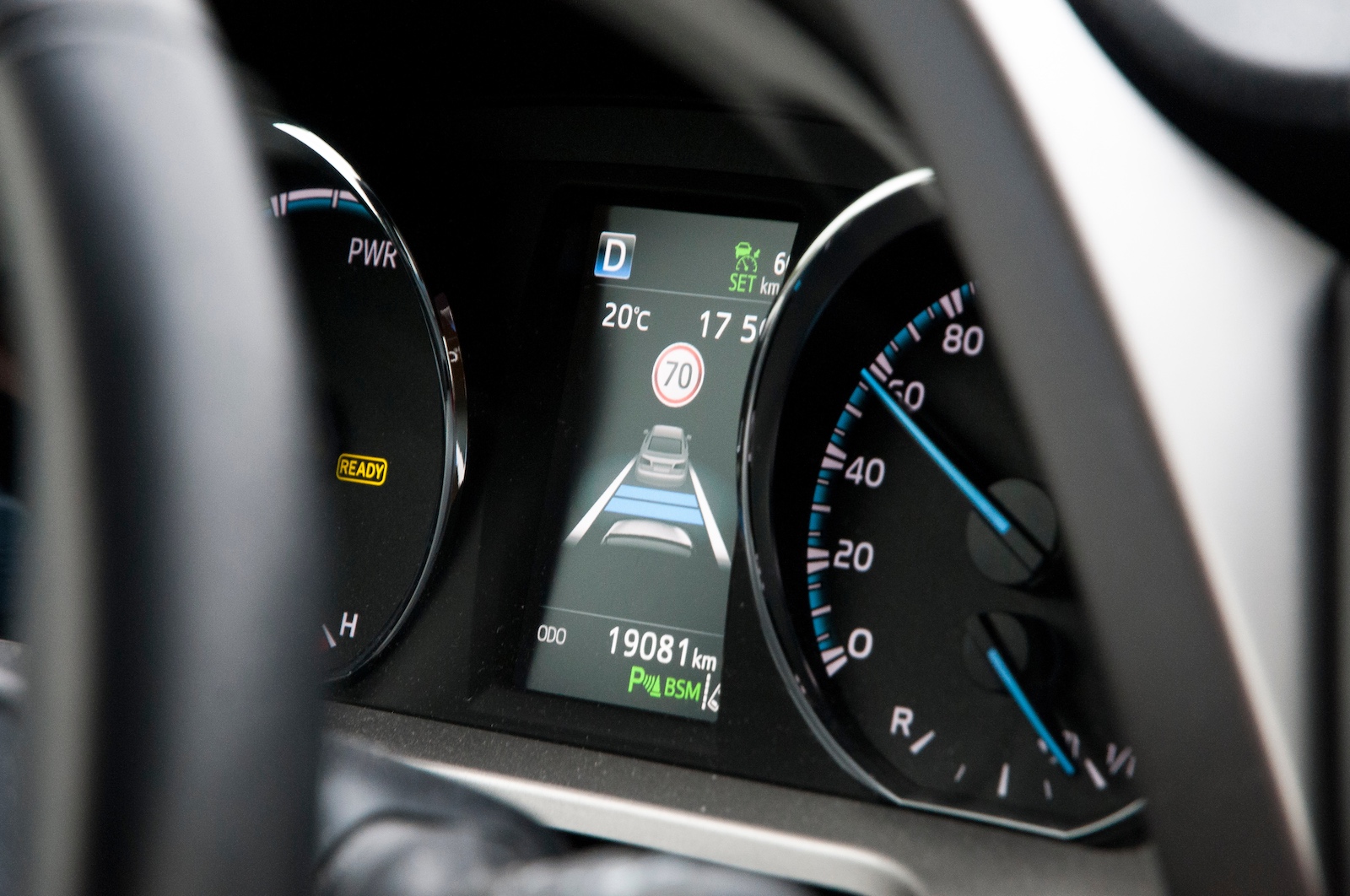
Adaptive cruise control with lane keep
When going up steep hills, the sensors send a signal to increase engine power to maintain the desired speed. It works the same way to decrease engine speed when going downhill.
Types of Cruise Control Systems
As sensors, cameras, computers, and control systems evolve, automakers put them to use to improve the ease of driving. Today, there are multiple varieties of cruise control options—often described as advanced driver assistance systems (ADAS). Here’s how they work.
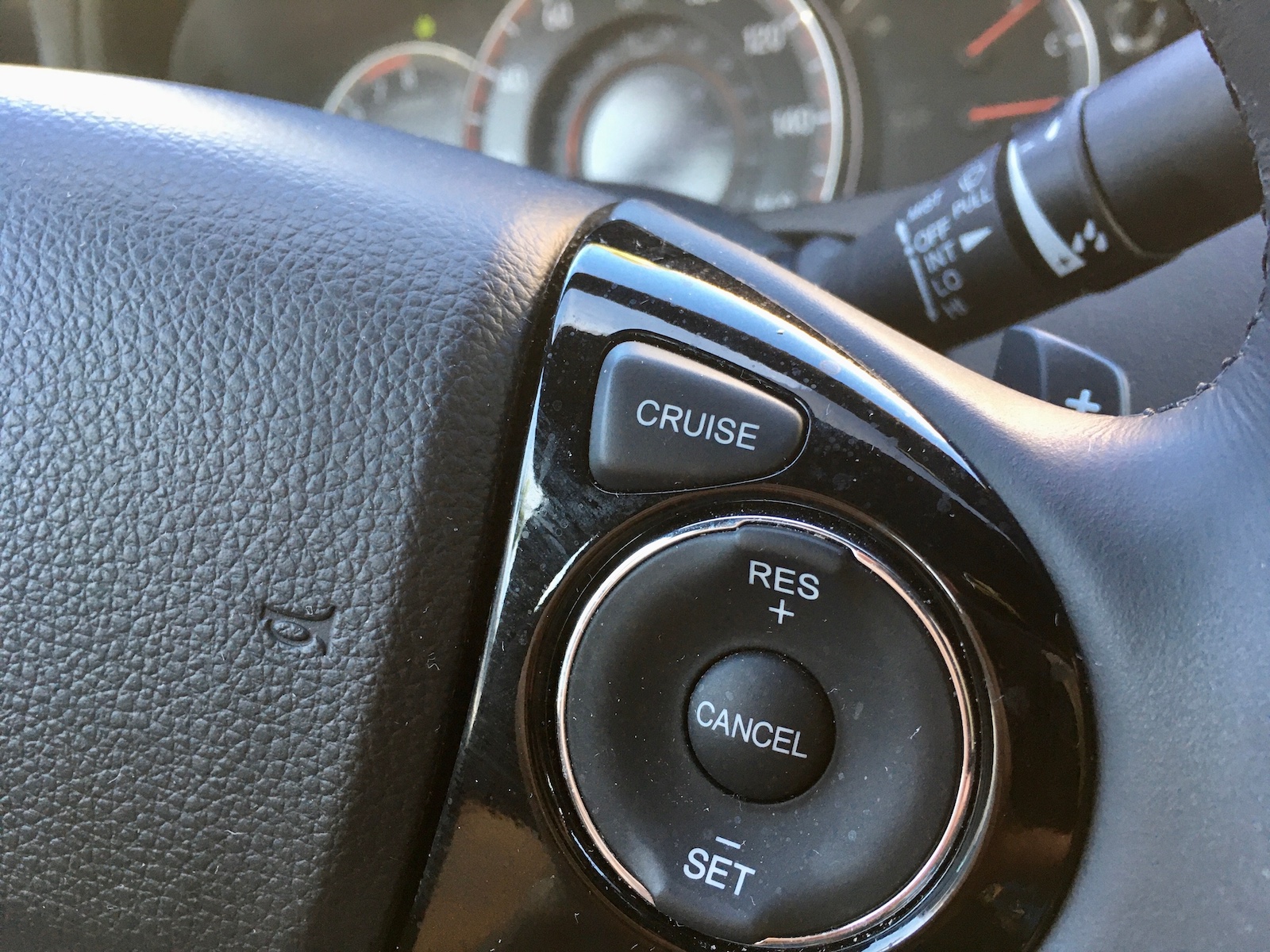
Traditional cruise control
- Traditional cruise control locks in the speed with the push of a button or two.
- Adaptive cruise control uses various sensors—radar, laser, and cameras—to monitor the vehicles ahead of your car and match their speed. This allows you to maintain a set distance behind the car ahead, whereas standard cruise control would force you to slow down with either a button or the brake pedal.
- Lane-keeping assist technologies use sensors to detect lane markings and then steer the vehicle to stay near the center of the lane. This, combined with traditional or adaptive cruise control, maintains speed. Most lane-keeping systems require the driver to keep a hand on the steering wheel. If sensors or cameras detect that you don’t have your hand on the wheel, it will deactivate the lane-keeping function.
Keep Your Eyes on the Road
Cruise control systems are not autonomous (or self-driving). They all rely on the judgment and the attention of the driver behind the wheel to work properly and safely. Despite marketing language to the contrary, there is no commercially available autonomous driving system available to the public. All cars require an attentive driver behind the wheel.
A vehicle with robust ADAS pairs adaptive cruise control and lane-keeping assist into a semi-autonomous experience. This does not alleviate the driver’s responsibility to pay attention. Some cars with ADAS include driver monitoring technology to ensure the driver has hands on the wheel and eyes on the road.
Most automakers offer tech packages with these adaptive or advanced driving systems. They are often bundled with similar safety technologies, such as automated stopping (if an obstacle is detected).
Shop now for ADAS componentsComplex systems can be expensive to repair. Advanced cruise control relies on multiple sensors, all of which must be properly calibrated in order to function safely. In nearly every case, a home mechanic shouldn’t attempt to calibrate or repair these high-tech tools.
Pros and Cons of Using Cruise Control
Cruise control, whether a traditional speed-only system or one that adapts to maintain speed, can ease fatigue from a long day of highway driving. Taking your foot off of the accelerator pedal and stretching can do wonders for a driver’s level of alertness.
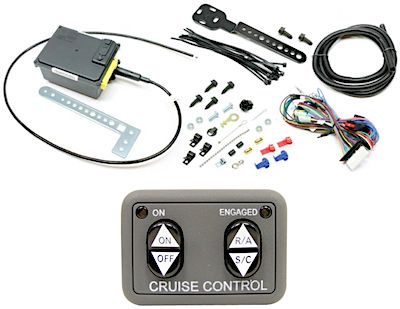
Aftermarket Rostra cruise control kit
However, some drivers may become over-reliant on cruise control systems. Your attention may wander, and you may not become aware of a sudden traffic jam or other hazard on the highway.
Furthermore, while modern stability and traction controls have mitigated most of the problem, using cruise control in rainy weather could lead to losing control. If the wheels lose traction, it is possible (though not likely) that the system will not account for the skid and potentially speed up, worsening the loss of control. This reinforces the need to always be alert when driving, even if you relinquished some control.
Shop now for cruise control kitsHow to Use Cruise Control
Activating and adjusting cruise control on most cars is simple, typically requiring the push of a button or two on or near the steering wheel. Here are step-by-step instructions for using these options, no matter what type of system is fitted to your car.
- First, accelerate to your desired driving speed normally using the accelerator pedal. Ensure your speed is appropriate based on driving conditions, the official speed limit, and surrounding traffic.
- Turn on the cruise control. Most cars require you to activate the system with a steering wheel or dashboard button. This doesn’t set your speed. It simply activates the system. Some vehicles deactivate the system every time you shut the engine off, whereas others maintain the on/off state even after shutting off the car. In most cases, a light on the dashboard will illuminate, indicating that the system is active.
- Set the driving speed. Most cars have a button on the steering wheel labeled “Set” that allows you to set the current driving speed. Press this button, and gradually lift your foot from the pedal. You’ll know that the driving speed is set if the speedometer stays the same even after you lift your foot off the pedal. Some cars will illuminate another light, indicating that the speed is set. Newer cars may have a digital readout of the set speed.
- You can adjust your travel speed in a few ways. Most cars have plus and minus symbols on the steering wheel, allowing you to increase or decrease your set speed gradually. (You can also accelerate by using the accelerator pedal normally with your foot. After you release the pedal, the road speed will return to your set speed.)
- If you need to disengage cruise control while driving, some systems have a cancel button on the steering wheel, deactivating the system. Ensure your foot is ready for the accelerator pedal, or the road speed could drop quickly. All vehicles automatically disengage the system if you press the brake pedal—or the clutch pedal on those cars with a manual transmission.
- If you need to get back up to speed after disengaging the system, in most cases, you can press a resume button on the steering wheel. This usually only works if you are driving above about 30 mph, as it won’t let you re-engage your full highway speed from a stop. In this case, accelerate to your travel speed with your foot pedal as usual, then press the resume button to re-activate cruise control.

